Louis Henry Sullivan a pioneer of modern American architecture and the “father of skyscrapers.”
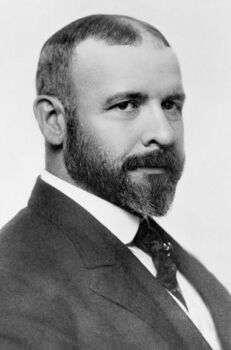
Image source: https://en.wikipedia.org/wiki/Louis_Sullivan#/media/File:Louis_Sullivan_circa_1895.jpg
About His Life
Louis Henry Sullivan was born on September 3, 1856, in Boston, Massachusetts. Sullivan worked in the Chicago office of William Le Baron Jenny who was the designer of the first steel skyscraper. Then, he moved to Dankmar Adler‘s office, where he became chief draftsman and, in 1881, became a member of the studio. Moreover, Adler & Sullivan quickly made significant contributions to Chicago architecture. Their 14-year-old association built over 100 buildings. Additionally, Sullivan began his practice in 1895. He died on April 14, 1924, in Chicago, Illinois, but published his autobiography shortly before his death.
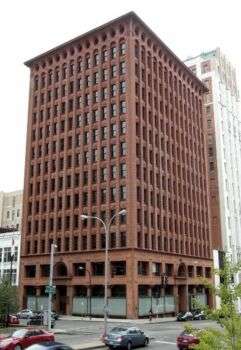
Image source: https://search.creativecommons.org/photos/282499e9-5280-4c8f-8d87-9ec506ab0de2 by Reading Tom
His Major Works
In collaboration with Dankmar Adler (1879–95) he created the following:
- Auditorium Building (1887–89) in Chicago
- Guaranty Building (1894–95; now Prudential Building) in Buffalo, New York
- Wainwright Building (1890–91) in St. Louis, Missouri
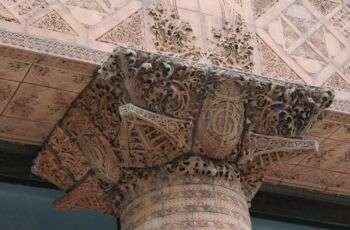
Image source: https://search.creativecommons.org/photos/c484d53e-c26d-4550-974f-4f25b91c8e65 by amerune
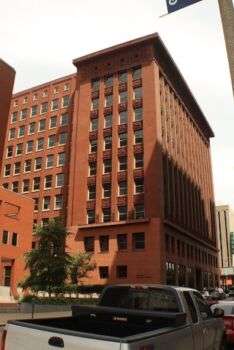
Image source: https://search.creativecommons.org/photos/21f80bf6-feb6-4b3a-916a-c85853ea6d27 by Matthew Black
In his independent practice, Sullivan designed the following:
- Schlesinger & Mayer department store (1898–1904, now the Sullivan Center) in Chicago, occupied by Carson Pirie Scott & Co from 1904 to 2007
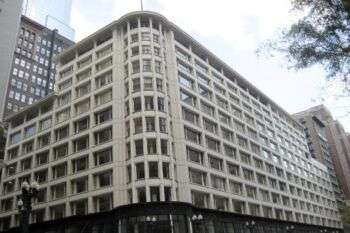
Image source: https://search.creativecommons.org/photos/0a2f52d4-6d4b-489e-8d35-90899c580159 by Teemu008

Image source: https://search.creativecommons.org/photos/ac8d6502-5994-41fd-95e6-c251bb31fd33
Particularly noteworthy projects undertaken in his last years were seven banks in some small Midwestern towns, such as the National Farmers’ Bank in Owatonna, Minnesota, and Merchants’ National Bank in Grinnell, Iowa (1914).
After 1895, Sullivan’s work uses expressive plastic decor and ornaments. His 12-story Bayard (now Condict) building in New York was adorned with stucco terracotta and cast iron decorations.
World’s Columbian Exposition Transportation Building (1893)

Image source: https://en.wikipedia.org/wiki/Louis_Sullivan#/media/File:LSTransportation2.jpg
In 1890, Sullivan was one of ten American architects selected to build the main building for the White City, the 1893 World Columbia Exposition in Chicago. Sullivan’s huge Transport Building stood out as the only building with a colorful facade in the entire White City. But while exhibition director Daniel Burnham criticized Sullivan’s project, it was the only building to gain widespread recognition outside America, receiving three medals from the French Union Centrale des Arts Decoratifs the following year.
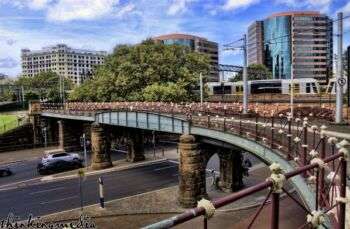
Image source: https://search.creativecommons.org/photos/b7e2465d-23da-4dd2-b795-c6de2bc5d28c by Sydney Heritage
Features of the Style
Sullivan’s bold geometric lines and towering skyscrapers stood out among the architecture of his contemporaries, who emulated older, established styles. Additionally, Sullivan drew on his experience at M.I.T. and in Europe and took an innovative, 0riginal approach to build design. Applying his “form follows function,” principle, Sullivan developed a modern style that emphasized the use of new building technologies and materials, as well as verticality and openness.

Image source: https://search.creativecommons.org/photos/20bef92a-e3e7-4418-8d9c-49796dcb64e4 by leewrightonflickr
Info sources:
